Dealing with a clogged drain can be a frustrating and messy task, but it doesn’t have to be. In this article, we will explore the reasons why drains get clogged, the signs to look out for, and some common methods to clean them. From using a plunger to natural remedies like baking soda and vinegar, we will cover it all. We will also discuss the precautions to take when using commercial drain cleaners and provide tips on how to prevent clogged drains in the future. So, if you’re tired of dealing with a backed-up sink, keep reading to find out how to clean your drain effectively.
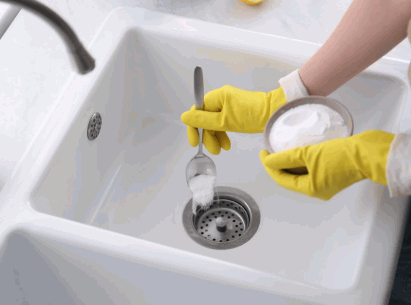
Why Do Drains Get Clogged?
Drains get clogged due to the accumulation of various materials such as grease, debris, and other waste, which over time can build up and restrict the flow of water through the sink drain, whether it’s in the bathroom or the kitchen sink.
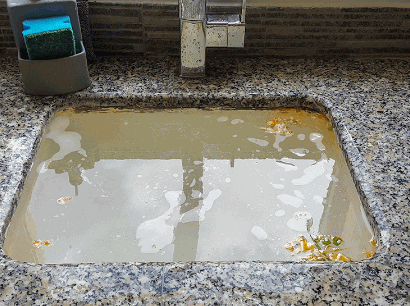
What Are The Signs Of A Clogged Drain?
Signs of a clogged drain include unpleasant odors emanating from the drain, water draining slowly, and in severe cases, complete blockage that may require the intervention of a professional plumber like David Balkan.
Another common sign of a clogged drain is the presence of gurgling sounds when water is trying to drain. This indicates that there is a blockage in the pipe that is creating air bubbles as the water tries to pass through. If you notice water backing up in your sink or bathtub after you flush the toilet, this could also be a sign of a clogged drain.
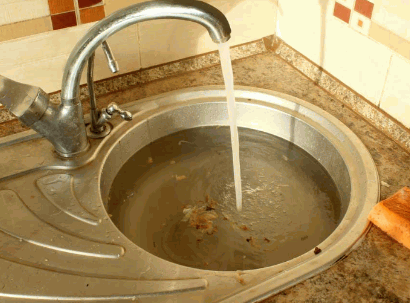
What Are Some Common Methods To Clean A Clogged Drain?
There are several common methods for cleaning a clogged drain, ranging from simple home remedies using baking soda and vinegar to more mechanical solutions like a drain snake, and even addressing issues with the garbage disposal.
Plunger
Using a plunger is one of the simplest and most effective methods for clearing minor clogs in the sink drain, a technique often recommended by cleaning experts like Hunter Rising.
When using a plunger, the key to success lies in creating a strong seal between the plunger and the drain opening. To achieve this, ensure that the plunger cup completely covers the drain hole, allowing no air to escape. Once you have a good seal, firmly press down on the plunger and then pull up sharply to create suction. This action helps dislodge the clog by forcing rapid water movement.
Whether it’s a simple kitchen sink blockage or a more stubborn toilet clog, a plunger can prove to be a versatile tool in your household arsenal. Its effectiveness extends beyond sink drains, making it a go-to solution for various plumbing issues.
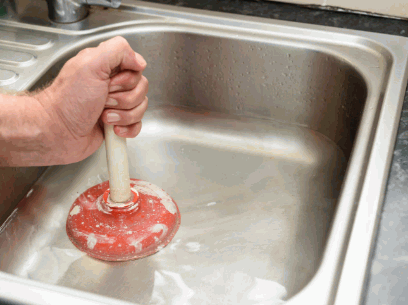
Baking Soda And Vinegar
Combining baking soda and vinegar is a popular natural cleaning method for unclogging drains, a tip often shared by cleaning experts.
To effectively use this method, start by pouring about 1/2 cup of baking soda down the drain. Follow this with 1/2 cup of vinegar, causing a fizzing reaction. Let the mixture sit for 10-15 minutes to allow it to work its magic on the clog.
After the waiting time, flush the drain with hot water for about 5 minutes to wash away the loosened debris. Repeat the process if necessary to completely clear the clog and ensure a free-flowing drain.
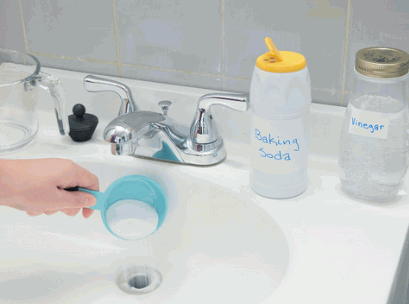
Boiling Water
Pouring boiling water down the drain can help dissolve and wash away grease and other debris that may be causing the clog, which is especially effective for kitchen sinks.
Bring water to a rolling boil in a kettle or pot. Take caution to prevent burns by using oven mitts or a heat-resistant container when handling the boiling water.
Slowly pour the water down the drain in a steady stream, allowing it to penetrate and break down the greasy buildup. This method works best on clogs caused by fats, oils, and soap scum, as the high temperature helps to melt and dislodge these substances from the pipes.
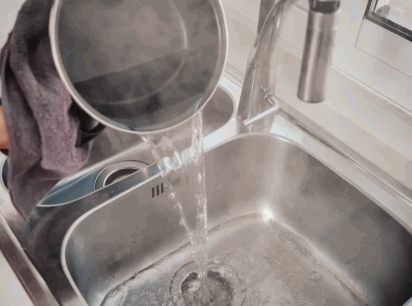
Drain Snake
A drain snake, also known as a plumber’s snake, is a useful tool for removing stubborn debris clogs within the drain and is often recommended by professionals like Bridgett Price.
When using a drain snake, start by inserting the tool into the drain until you feel resistance. Twist the handle while pushing it further to catch any debris causing the clog. Once the snake has caught onto the blockage, carefully turn it to break up the clog. After breaking up the clog, slowly pull the snake out. Drain snakes are particularly effective for more severe clogs, making them a go-to choice for tackling challenging blockages.
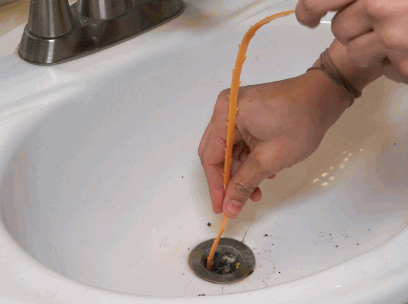
What Are Some Natural Ways To Clean A Clogged Drain?
Natural cleaning methods for unclogging drains are effective and eco-friendly, often using common household ingredients like baking soda, vinegar, salt, and lemon juice to clear clogs without harsh chemicals.
Explore further: Can You Pour Drain Cleaner Down The Toilet
Salt And Baking Soda
A mixture of salt and baking soda can be an effective natural cleaning solution for unclogging drains, a method often recommended by cleaning experts.
When preparing this drain-cleaning mixture, it is recommended to combine half a cup of salt with half a cup of baking soda in a bowl.
Mix the two ingredients thoroughly to ensure an even distribution of the salt and baking soda.
After pouring the mixture down the clogged drain, let it sit for about 30 minutes to allow the solution to break down any blockages.
Once the waiting time is up, rinse the drain with hot water to flush out the loosened debris and improve drainage.
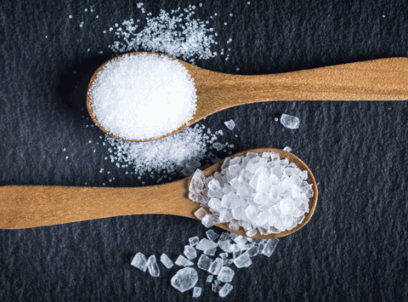
Lemon Juice And Baking Soda
Combining lemon juice and baking soda not only helps to clear clogs but also leaves the drain smelling fresh by neutralizing odors.
To start the process, pour a pot of boiling water down the drain to help loosen any debris.
- Mix 1/2 cup of baking soda with 1/2 cup of lemon juice in a bowl.
- Quickly pour the mixture down the drain. The fizzing action will work to break up the clog.
- Let it sit for about 10 minutes to allow the solution to penetrate the blockage.
- After the waiting period, flush the drain with another pot of boiling water to wash away the residue and any remaining clogs.
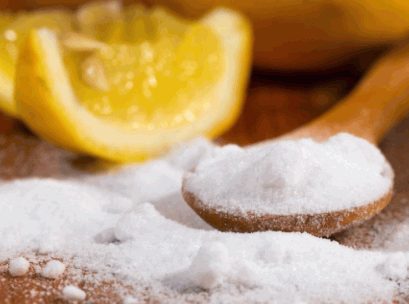
Vinegar And Salt
A combination of vinegar and salt can effectively break down and dislodge debris in the drain, making it a powerful natural cleaning solution.
To use this DIY method for unclogging drains, start by pouring half a cup of white vinegar down the drain. Follow this with half a cup of salt, which helps to further break down any stubborn blockages. Let the mixture sit in the drain for about an hour to allow the solution to work its magic.
After the waiting time, flush the drain with hot water to wash away the loosened debris. The combination of vinegar and salt creates a foaming action that helps dislodge the clog, leaving your drain clear and fresh.
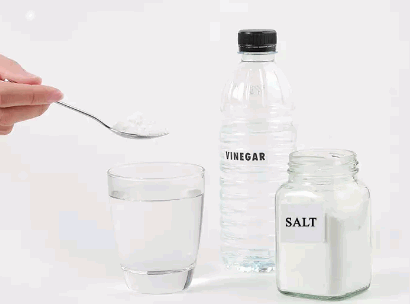
What Are Some Commercial Drain Cleaners?
Commercial drain cleaners are available in various formulations, including chemical-based, enzyme-based, and hydrogen peroxide mixtures, each designed to tackle clogs with different levels of severity.
Chemical Drain Cleaners
Chemical drain cleaners are potent solutions designed to break down tough clogs quickly, and may occasionally require the expertise of a professional plumber to handle safely.
There are primarily two types of chemical drain cleaners available in the market – acidic and alkaline. Acidic cleaners are more suitable for dissolving organic materials like hair and food particles, while alkaline cleaners are effective against grease and soap scum. These cleaners work by generating heat to liquefy and disintegrate the clogs, allowing them to flow smoothly through the pipes.
When using chemical drain cleaners, it is essential to follow the instructions carefully and wear protective gear such as gloves and goggles to prevent skin and eye irritation. Avoid mixing different types of cleaners as it can lead to hazardous chemical reactions that may damage the pipes and pose a safety risk.
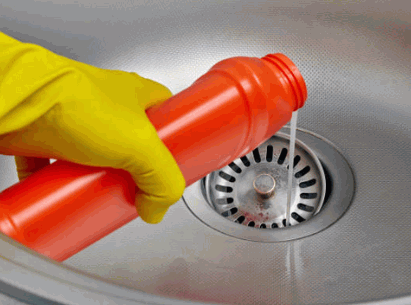
Enzyme-Based Drain Cleaners
Enzyme-based drain cleaners use natural enzymes to break down organic material, making them a safer and more environmentally friendly option for cleaning clogs.
These cleaners are effective in targeting grease, hair, food particles, and other common culprits of drain blockages, without harming pipes or the environment. When poured into the drain, the enzymes work to digest the organic matter, eliminating odors and improving drainage. Regular use of enzyme-based cleaners can help prevent future clogs by maintaining optimal flow in your pipes.
Plus, they are non-toxic, biodegradable, and safe to use in homes with children or pets, offering a more sustainable approach to plumbing maintenance.
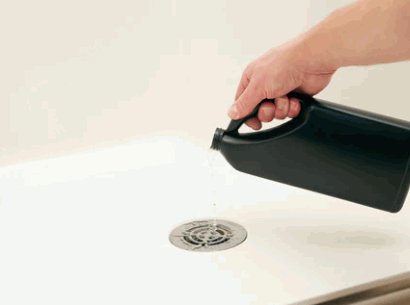
Hydrogen Peroxide And Baking Soda
A mixture of hydrogen peroxide and baking soda can be a powerful cleaning solution for unclogging drains, combining the disinfecting power of hydrogen peroxide with the abrasive action of baking soda.
When mixing these two ingredients, start by pouring half a cup of baking soda down the drain, followed by a cup of hydrogen peroxide. Let the mixture sit for about 30 minutes to work its magic. Afterward, flush the drain with boiling water to clear out the debris effectively.
It is important to wear gloves and safety goggles when handling these chemicals to prevent any skin irritation or eye damage. Also, make sure to carefully follow the instructions and avoid mixing hydrogen peroxide with other cleaning agents as it can produce harmful fumes.
For tough clogs, you may need to repeat the process or consider using a plumbing snake to break up the blockage. This homemade solution is particularly effective against organic clogs like hair and grease build-up, but may not be as effective for mineral deposits or other stubborn obstructions.
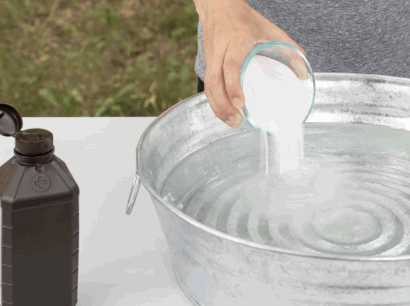
What Are The Precautions To Take When Using Drain Cleaners?
When using drain cleaners, it’s essential to take certain precautions to ensure safety, such as wearing protective gear, following the product instructions carefully, and consulting a professional plumber if necessary.
It’s crucial to never mix different types of drain cleaners, as this can lead to dangerous chemical reactions. Make sure to ventilate the area properly while using the cleaner, as the fumes can be harmful when inhaled. It’s also a good practice to keep children and pets away from the treated drains to prevent accidental exposure. If you experience any skin irritation or breathing difficulties after using a drain cleaner, seek medical attention immediately to avoid further complications.
How To Prevent Clogged Drains?
Preventing clogged drains involves several proactive measures such as using drain screens to catch debris, regularly cleaning the drains to remove build-up, and avoiding pouring grease and oil down the sink.
Use Drain Screens
Using drain screens is an effective way to catch hair, food particles, and other debris before they enter the drain, helping to prevent clogs in both kitchen sinks and bathroom drains.
Installing drain screens in your sinks is a simple yet crucial step in maintaining the functionality of your plumbing system. By placing a drain screen over the opening, you create a barrier that catches all sorts of unwanted gunk, which can accumulate and cause blockages over time.
- Regularly cleaning these screens is also important to ensure they continue to do their job effectively. Simply remove the screen, rinse off the collected debris, and place it back in position.
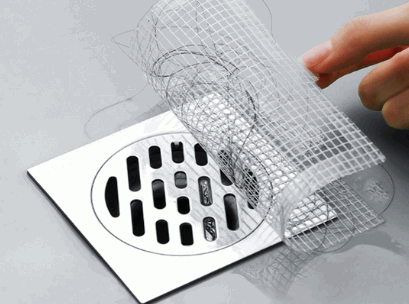
Regularly Clean Drains
Regularly cleaning drains as part of your house cleaning routine can significantly reduce the chances of clogs, a practice endorsed by cleaning experts.
Keeping your drains clear not only prevents blockages but also improves the overall efficiency of your plumbing system. By incorporating regular drain cleaning, you can avoid costly repairs and maintain a smoothly running household.
To keep drains clear, various methods can be employed, such as using a mixture of vinegar and baking soda to break down debris or investing in a drain snake to remove stubborn clogs. It’s essential to be proactive rather than reactive when it comes to drain maintenance.
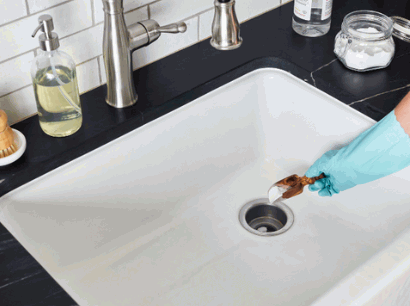
Avoid Pouring Grease And Oil Down The Drain
Avoiding the disposal of grease and oil down the kitchen sink is crucial in preventing clogs, as these substances can solidify and cause severe blockages over time.
When the grease cools down, it congeals, creating a sticky layer that lines the pipes and traps debris, leading to blockages. Oil behaves similarly, creating a film that accumulates in the plumbing system.
Instead of pouring grease and oil down the drain, consider keeping a heat-resistant container next to the stove to collect them, then dispose of it in the trash once it solidify. This simple change can prevent stubborn clogs.
To manage kitchen waste effectively, scrape leftover food into the trash before washing dishes. Use sink strainers to catch food particles and avoid them from going down the drain.
 My name is Stacey Reid the senior author at Art Syndicate. I enjoy everything homely and everyday I am amazed at the creativity that I find on the internet to write about and the items that I find to sell to our visitors. I cannot however find everything out there as it is very time consuming so please come and take the time to tell us about something new if you think our visitors would like it.
My name is Stacey Reid the senior author at Art Syndicate. I enjoy everything homely and everyday I am amazed at the creativity that I find on the internet to write about and the items that I find to sell to our visitors. I cannot however find everything out there as it is very time consuming so please come and take the time to tell us about something new if you think our visitors would like it.